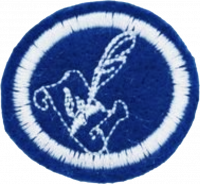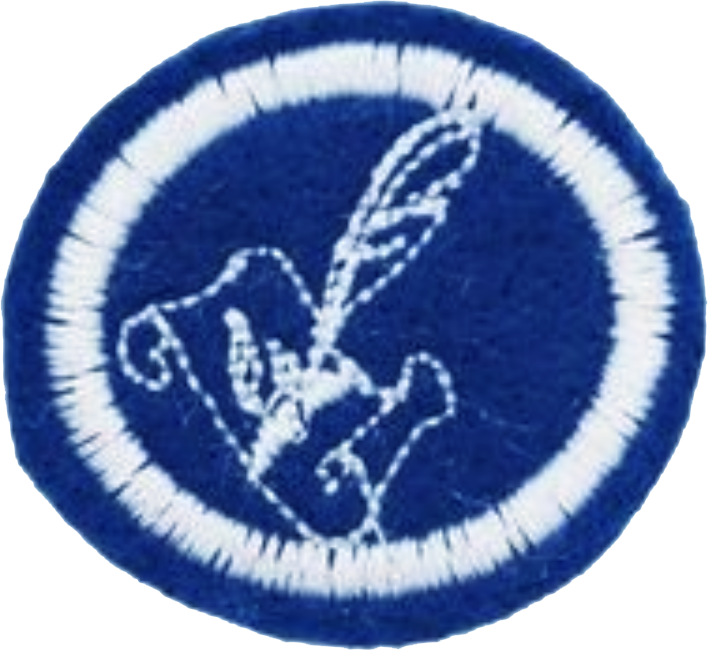Requisitos para a especialidade de Historiador eclesiástico
Nível de Habilidade
2
Ano
2012
Version
31.12.2025
Autoridade de Aprovação
Divisão Sul Americana
1. Entrevistar um professor de história e apresentar a entrevista ao examinador:
- a. O que o motivou na escolha por ser um historiador ou professor de história?
- b. O que mais lhe chama atenção ao estudar a história?
- c. Qual seria o aspecto mais interessante de sua profissão e o mais difícil?
- d. O que é história?
- e. O que é historiografia?
- f. Qual a importância do estudo de história?
- g. Qual é o trabalho de um historiador e seu campo de trabalho?
- h. Quais são as principais técnicas de levantamento e pesquisa histórica?
- i. O que é Cronologia e Periodização?
- j. Qual a diferença entre Conhecimento Histórico e Reflexão Histórica?
2. Listar as principais fontes para a pesquisa sobre história da Igreja. (Escritas: documentos, jornais, livros, cartas, etc.; Não escritas: orais, monumentos, fotografias, músicas, vestuários, etc.).
3. Citar, ao menos, 1 fonte que trate sobre a história denominacional da IASD em seu país.
4. Fazer um relatório com, pelo menos, 400 palavras sobre o surgimento do movimento adventista.
Use historical study techniques (bibliographic, documentary, interviews, etc.) and write a detailed biography of a:
- a.
Pioneer of the Adventist Church in the world
- b.
Pioneer of the Adventist Church in the country or region
How did the Adventist message reach the region?
- a.
Interview someone, if possible, who is a pioneer of the church in the region.
- b.
Have a picture of the person.
- c.
Have a copy of a written source that mentions the arrival of Adventism in the region (it may be a denominational magazine or not).
7.
How was the church to which the club belongs organized?
- a.
Interview someone, if possible more than one person, who has been a pioneer of the local church.
- b.
Get photos of the first members of the church.
- c.
Have a copy of some written sources about the foundation of the church (minutes of the meeting, purchase of the land).
- d.
Have pictures of the construction of the church, inauguration, dedication, etc.
8.
Use the material studied in requirement 5 and prepare a final report on the history of the local church and congregation in the region. (This report can be presented in commemorations of the church and the field, or you can also donate some copies to the municipal authorities and libraries).
9.
With the help of the club director, make a detailed historical report about the existence of the Pathfinder Club.
10.
Prepare a poster about the history of the church and exhibit it in the church, at least two Sabbaths (if the honor is completed as a group, assignments should be distributed and the poster should be displayed in more than one place, at least two Sabbaths in each place). The poster must be according to the following scheme (Note: If the poster is completed as a group, the number of places where the poster is to be displayed must be proportional to the number of members that participated in making it; ask the director or counselor for help):
- a.
Timeline style of the church history.
- b.
Cover from the Great Disappointment to the last club camporee.
- c.
Present images for most of the events.
- d.
All events must have a date.
- e.
Highlight events of the Division, church and club.
- f.
Present at least 20 historical events in total, highlighting the global, regional, and local relevance of these events.
11.
Participate in a skit on some peculiar event in the history of the Adventist pioneers.
12.
After all the work has been done, discuss with the instructor the sense of heritage, legacy, tradition, and belonging.



